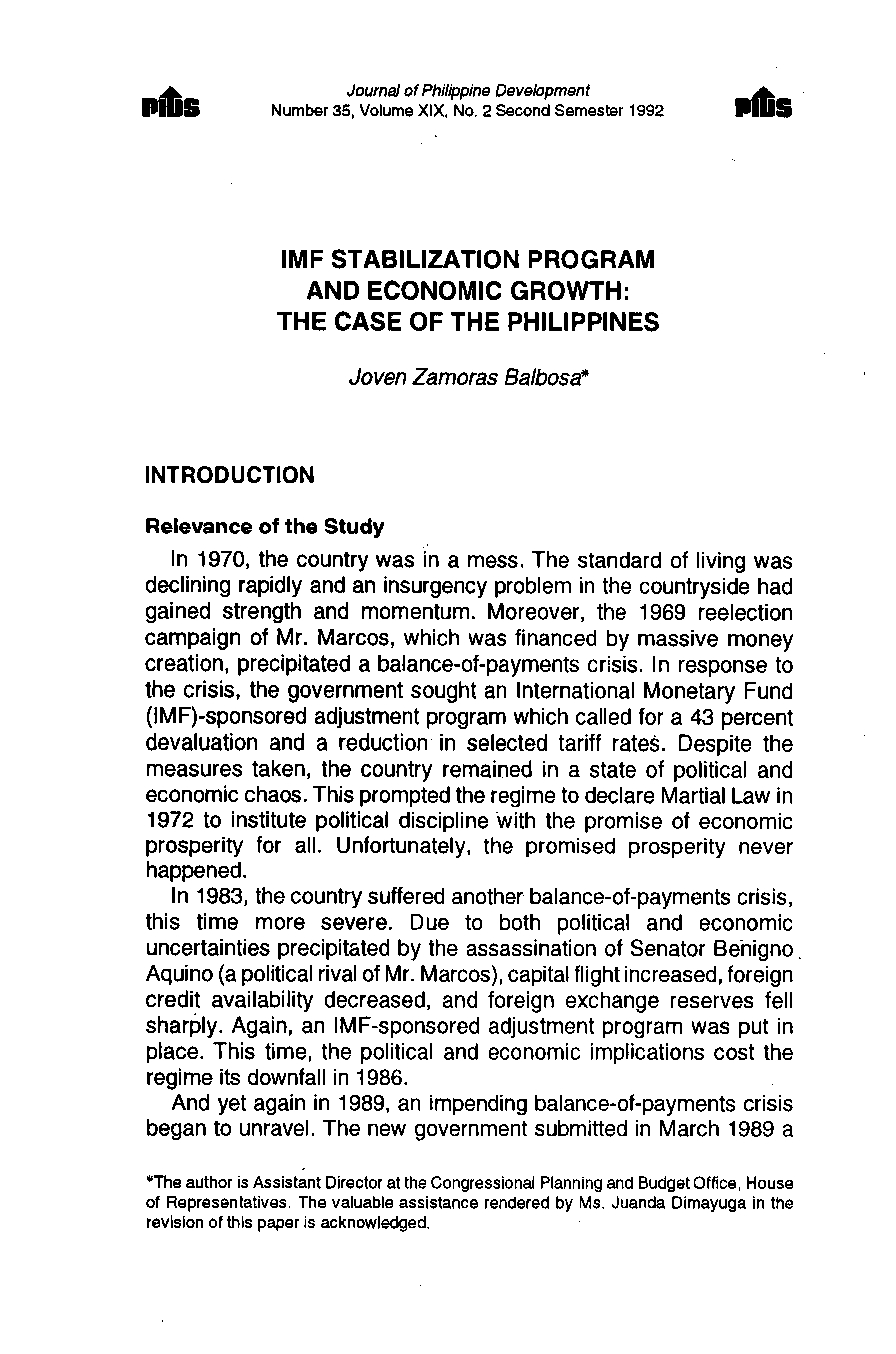Abstract
The beginning of 1970s has witnessed the country’s political and economic predicament. To address these, the 1989 government has succumbed with the IMF program. For a better understanding of the immediate short-run impact of the adjustment programs, this article tests simple models that show the supply-side effects of IMF policies, the results of which indicate that the primary determinant of output and domestic price level is the lending rate. Hence, the task of 1990s is to arrive with policies that focus on the stagflationary effect of contractionary policies, the role of real exchange rate on output and prices and the importance of investment and capital stock.
Full Issue
SHARE
